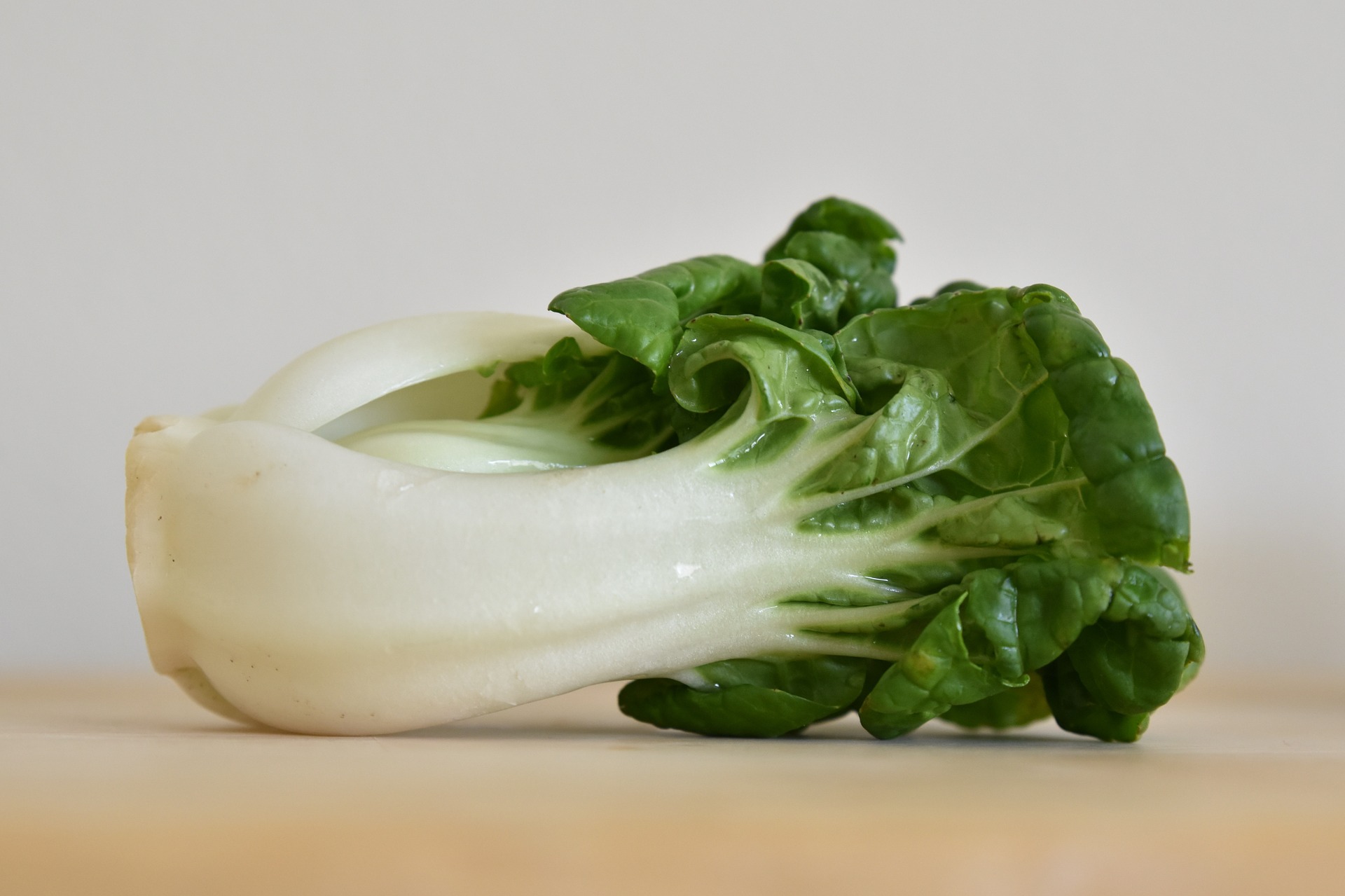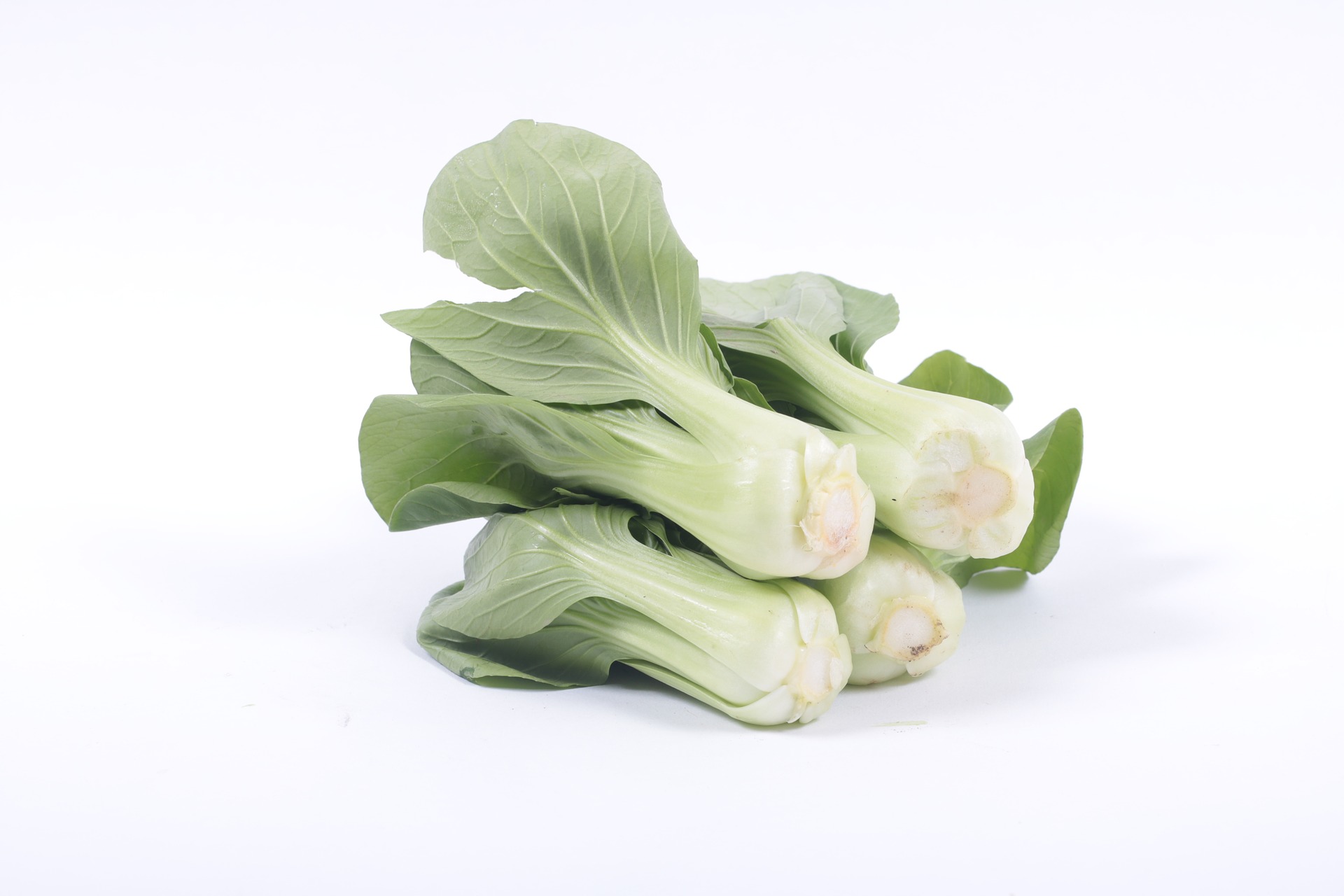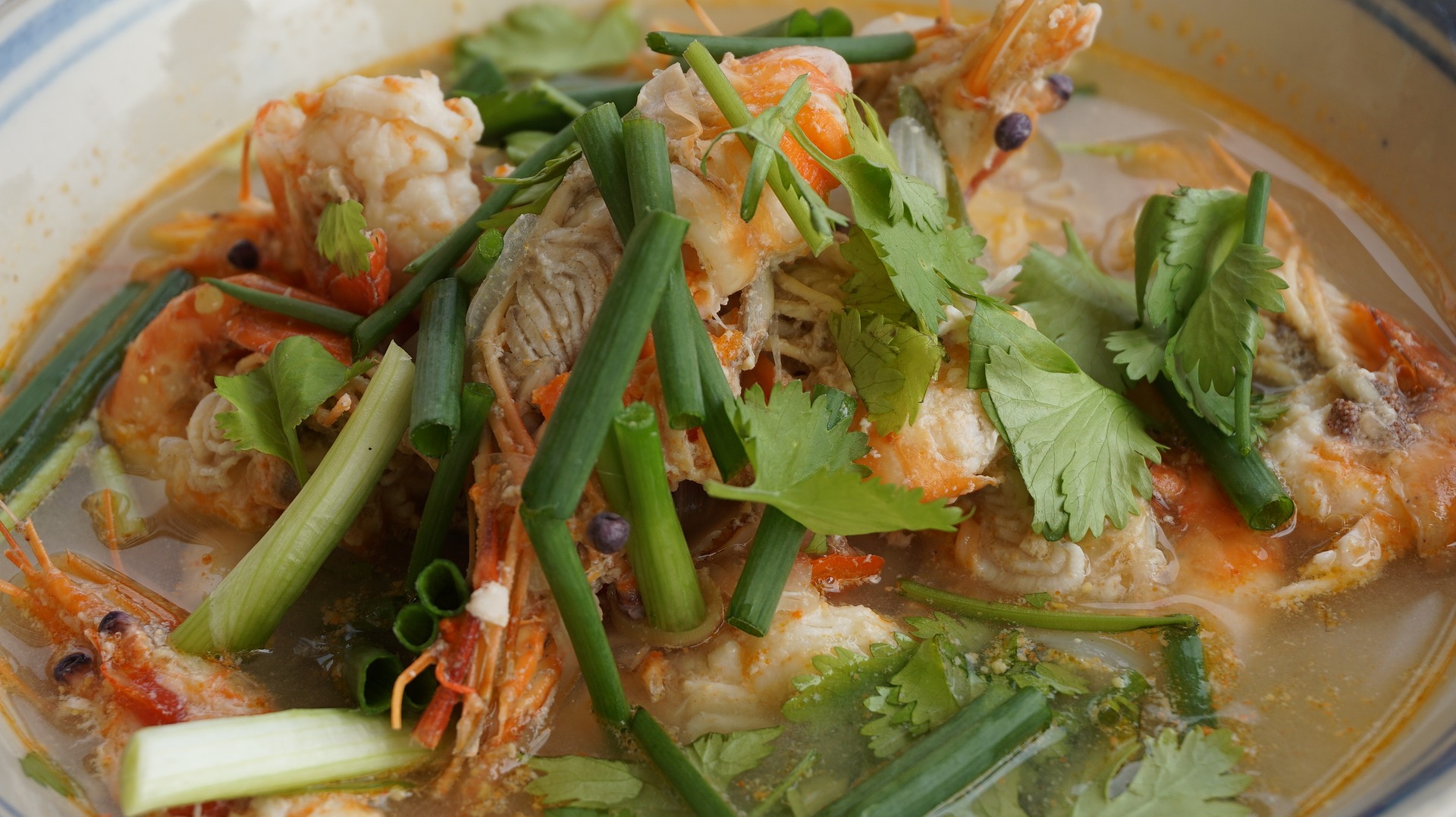by Sharon Quercioli

I love Bok Choy! You might have seen it on the shelves, labeled as different things: Chinese white cabbage, pak choi or bok choy. The latter is the name that I’m used to. It is considered a cruciferous vegetable and is in the same family as broccoli, kale, cauliflower, Brussels sprouts, collard greens, turnips and rutabaga. All these vegetables are considered low in calories and are chocked full of healthy vitamins and minerals.
Cruciferous vegetables (like bok choy) have been known to have specific anti-cancer properties. There have been studies (specifically studies done at the National Cancer Institute) that have linked eating cruciferous vegetables with the lower risk of prostate, colon, breast and lung cancer. These vegetables have glucosinolates, which are converted into isothiocyanates when you eat them. These components are both known to fight cancer.

Bok choy specifically has a large amount of folate, which can help with DNA synthesis and repair of damaged DNA. Folate has been known to prevent cancer cells because it prevents the cells from forming mutations in your DNA.
The vitamins are also great for your bone health (iron, calcium, magnesium, zinc, vitamin K, and phosphorous), improving your blood pressure (potassium, magnesium, and calcium), heart health (potassium, folate, vitamin c and B-6), skin (vitamin C) and can reduce inflammation (choline).
Bok Choy Recipes
Bok Choy is great for warm and cold dishes. The rich flavor in the leaves is outstanding for salads and soups in particular, so today I wanted to give you a recipe for both. This will allow you to use a little bok choy all year long.
Baby Bok Choy Salad with Sesame Dressing
This salad is filled with great crunch, flavor, vitamins and minerals.
What You’re Going to Need:
Sesame Dressing:
- A fourth of a cup of brown sugar (light)
- A fourth of a cup of olive oil
- A couple of tablespoons of sesame seeds (toasted)
- A tablespoon of soy sauce
- A couple tablespoons of red wine vinegar
Salad:
- A couple of tablespoons of olive oil
- A package of uncooked ramen noodles (crumbled)
- A fourth of a cup of almonds (slivered or sliced)
- A bunch of baby bok choy (about six bulbs)
- Five scallions (chopped)
What You Need To Do With Those Things:
- For the dressing, place all the dressing ingredients in a jar or bowl and blend or mix. Leave it on the counter (at room temperature) while you prepare the salad, to let the flavors blend together.
- Heat the olive oil over medium heat, in a large sauce pan. The oil should be glistening. Reduce the heat to low and add the ramen noodles and the almonds (if the almonds aren’t already toasted). Sauté them until they are toasted. This should take about 10 minutes.
- Prep the baby bok choy by cutting the leaves off, just above the white portion. Wash and dry the leaves well, in cold water.
- In a large bowl, combine the clean bok choy leaves, scallions, and the crunchy almond/noodle mixture. Drizzle dressing over the top, toss until combined. Serve immediately.
Sinigang (Filipino Sour Soup)

Sinigang is a traditional sour soup that originates from the Philippines. It can be made with pork ribs, shrimp, pork shoulder or any other variant of sea food or pork. The tamarind is what adds the element of sour to the soup. The vegetables add various textures: some soft, some leafy, some crisp-tender.
What You’re Going To Need:
- One to two pounds of your choice of seafood or pork
- Water
- A couple of large tomatoes (quartered)
- A medium onion (peeled and quartered)
- A couple tablespoons of fish sauce
- A couple of banana chilies
- Four pieces of gabi taro (peeled and halved – and also found in your local grocery or Asian Market)
- A six-inch radish (peeled and cut into half inch rounds)
- A half of a bunch of long beans (ends trimmed, cut into three-inch pieces)
- An eggplant (cut off ends, slice to half inch rounds)
- Six pieces of okra (ends trimmed)
- A package of tamarind base powder (found in Asian Markets)
- Salt and pepper to taste
- A bunch of bok choy (ends trimmed, leaves washed and separated)
What You Need To Do With Those Things:
- Wash meat and place in a pot (filled with water) over medium heat. There should be enough water to cover all of the meat. Bring to a boil (skim off foam if you are using pork). Once the broth is clear, add in the tomatoes, onions, and the fish sauce. Turn the head to low and simmer for an hour or an hour and a half. The meat should be tender. Add more water (enough to have about 10 cups of broth in the pot).
- Add the gabi. Cook for another five minutes. Add the radish and the chilies. Simmer for another three minutes. Add the long beans. Cook for another couple of minutes. Add the okra and eggplant. Cook for another couple of minutes.
- Put in the tamarind powder base. Stir until the powder is dissolved. Season with salt and pepper to taste. Add the bok choy last and cook for about a minute. Serve hot by itself or over rice.
